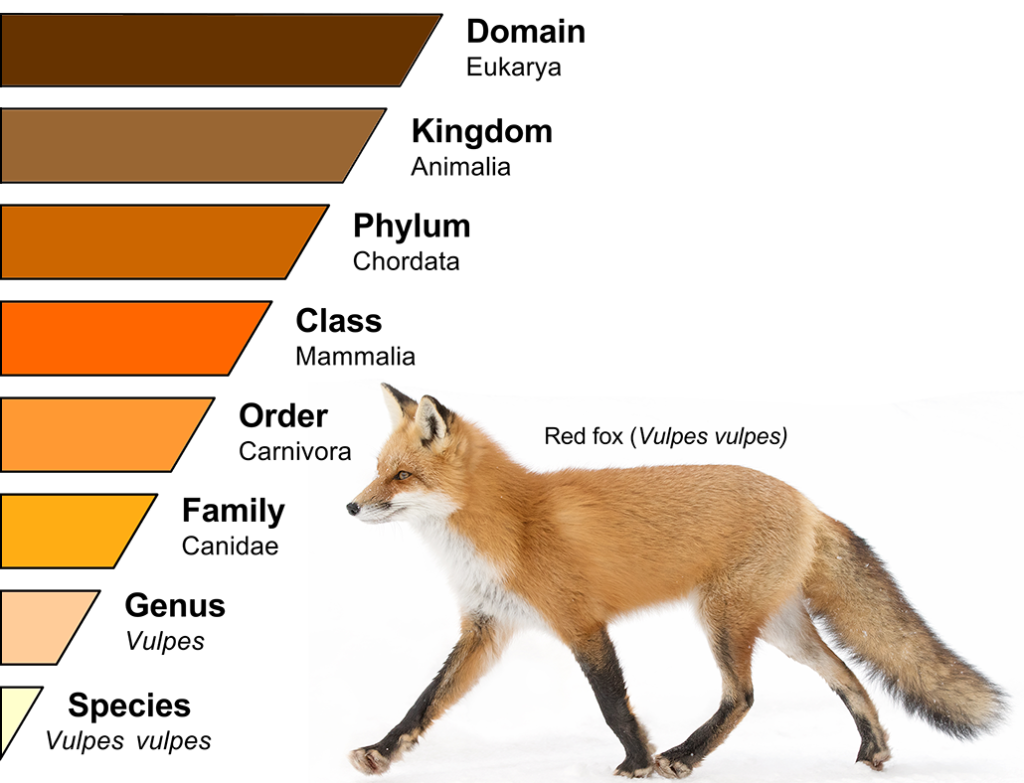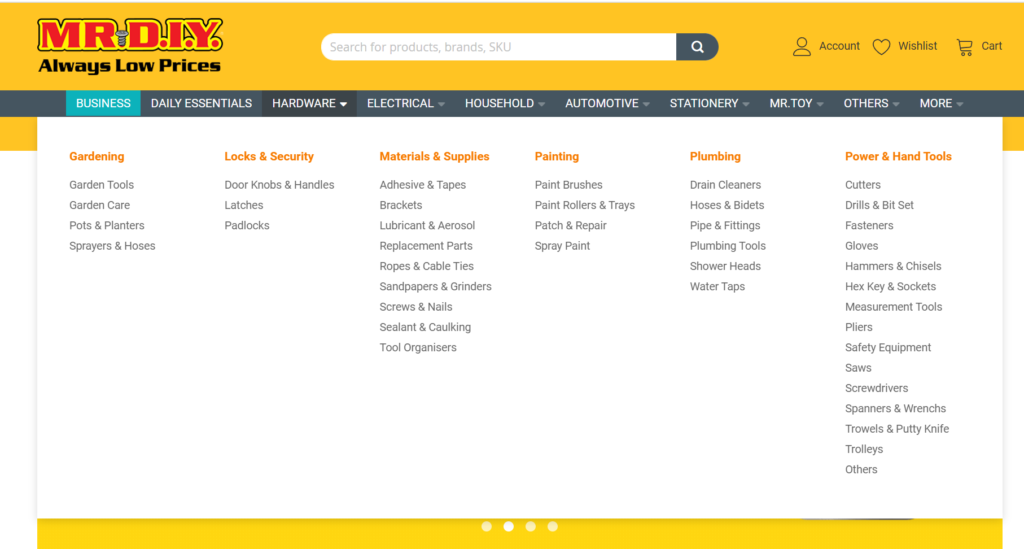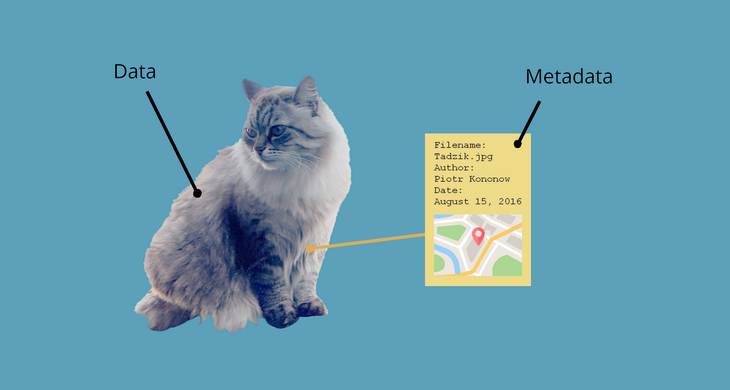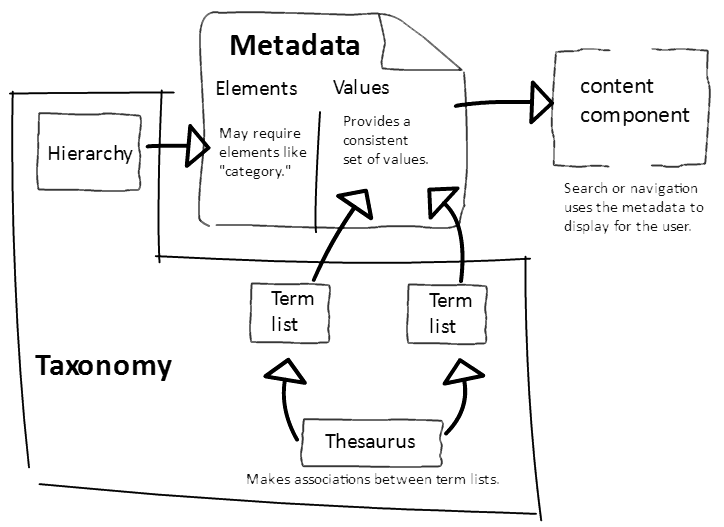Taxonomy and Metadata are two of the most important elements of a content strategy. They play a critical role in defining the types of assets and content organization making collaboration easier for your organization.
What are taxonomy and metadata?
Taxonomy is a discipline that works by creating terms to label assets and then linking them to a hierarchy. This also allows you to control how the assets are presented and searched. By creating terms of the assets, you can organize and distribute them in various ways. For instance, you probably have multiple disks on which to store all of your files, those files have folders and subfolders, which is what a tree structure or taxonomy is all about.
Metadata is “data that provides information about other data”, Metadata is often used to describe the attributes and elements within a particular document or page, such as the date when the assets were created and the size of the file. Some systems automatically add this information when the asset is created, while some require manual work to update the metadata. the metadata.
How is taxonomy used?
People first learn about taxonomy in high school in biology classes, where they learn to identify and classify living organisms. Learning and classifying all living organisms, they learn to identify various plants, animals and fungi. Science for new students has a great example classifying the red fox. The first step in this process is creating categories and then have them organized into subcategories.

A content management system that uses a taxonomy is commonly used to create an organized website. For example, it could organize websites by creating a set of predefined rules and classifications.
It applies to any online store, first we choose, let’s see DIY shop web site https://www.mrdiy.com.my/ . It has main taxons:
- hardware
- electricial
- household
- automative
- stationary
- MR. Toy
- Toys
- Others
each taxons has its own categories.

How is metadata used?
Metadata often provide information about a specific aspect of a data-set. It serves as a summary of the data’s basic information to help users track and work with the data. In simple terms, it is the collection of information about a photograph, such as its location, date, and time. It can be easily organized through a word description.

So What is the difference between taxonomy and metadata?
In simple terms, taxonomy puts together information, and metadata depicts it. But in order the taxonomy to have the ability to coordinate information, terms should be stored as metadata. Everything works hand in hand to make the digital assets findable, unmistakable, and valuable.

Taxonomy Metadata Solutions
Digital asset management systems are designed to store and organize assets. They do so by allowing organizations to collect and organize assets. Knowing the importance of metadata and taxonomy in a digital asset management system is a must for businesses. By implementing these components, digital asset management systems help organizations achieve their goals. Doing so by finding the right tools that help them implement both.
Where does DAM fit in?
Using a hierarchical structure, you categorize all of your assets to make navigation easier, identify where you can use all the assets used, and define the relationships between the assets themselves. This feature helps users find assets in a way that is convenient for them.
Why do we need a taxonomy?
Taxonomy allows you to improve the ability of your users to browse your DAM library, especially in cases where they do not yet know what they want to find. Thanks to the taxonomy, all your users find the resources they need quickly and clearly, navigating through a category structure adapted to their use cases.
Combining metadata with taxonomy makes DAM better and faster than a conventional file storage system. It updates a static library of visual assets into a full-fledged content hub of your organization.
Conclusion
Having the proper understanding of metadata taxonomy is a vital step to success in any organization. If you’re interested in learning more about Picvario, book a demo today and see how it can benefit you, we’ll help you get started and show you how it can work seamlessly.






